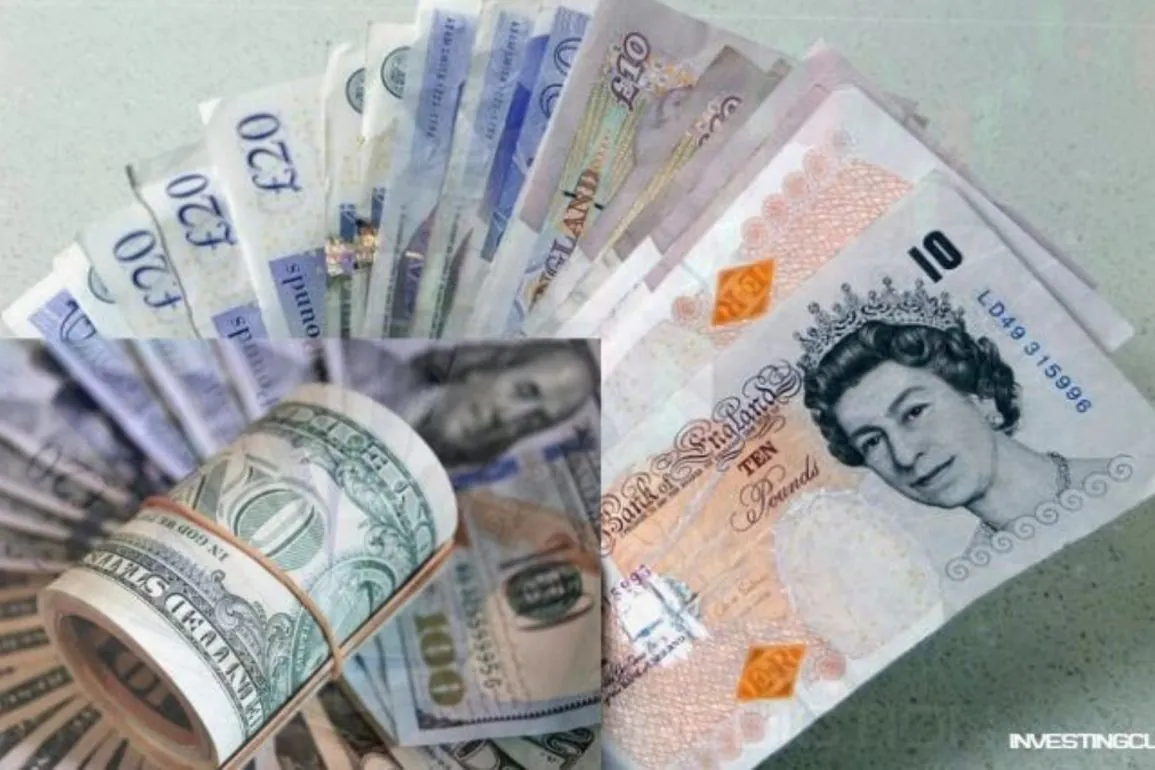- Carry trade is one of the most profitable and stable forms of trading assets based on interest rates differences. Find out how it works.
What is a Carry Trade?
A carry trade involves an investor borrowing money at a low interest rate and then lending it out at a higher interest rate, keeping the difference for themselves. The way to achieve this in the currency markets is to borrow the currency with the lower yield and buy the currency with the higher yield.
The profit, or “carry,” is the net interest you make from holding the investment for a long time, less any fees incurred in doing so. Hedge funds, banks, and individual traders have used this method for decades, and it has often made them a great deal of money when the market was stable.
How Carry Trade Works
Essentially, carry trading takes advantage of monetary policy discrepancies between countries. Some central banks keep interest rates low to encourage growth, while others raise rates to keep inflation in check or attract in more investment. With these factors in play, traders hunt for opportunities to “borrow low” and “lend high.”
For instance, let’s say that the interest rate in Japan is 0.25% and the interest rate in Australia is 4.25%. A trader may borrow Japanese yen, change it into Australian dollars, and then buy Australian bonds or other assets that pay interest. Assuming no change in exchange rates, the carry profit is the spread between the borrowing and lending rates, which is around 4%. Every day, billions of dollars’ worth of trades are transacted based on this simple idea.
A good carry trade is not a short-term strategy; it is a medium- to long-term one. The investor keeps the position for weeks, months, or even years, making money every day as long as the exchange rate stays stable or moves in their favor.
It is common practice to exit carry trades when there is a narrowing interest rate differential, a shift in global risk sentiment, or a negative movement in currency exchange rates. Traders may also get out of positions before meetings of the central bank or big economic news that could change monetary policy.
Application of Carry Trade
Because their central banks have kept interest rates extremely low or even negative for many years to boost their economies, the Swiss franc (CHF) and the Japanese yen (JPY) have often been top currencies for funding carry trades.
On the other hand, currencies from nations with faster growth and higher official interest rates, notably the Australian Dollar (AUD), New Zealand Dollar (NZD), and several Emerging Market currencies like the South African Rand (ZAR), have been attractive targets. The main attraction is the opportunity to make the rate spread, which is often made bigger by using leverage.
In addition to FX, carry trades can also be used with other assets. Investors borrow money at low interest rates to acquire higher-yielding bonds. In stocks, they can use cheaper debt to buy stocks in emerging economies. The strategy works best in places where currencies don’t vary much, which lets the carry grow without being hurt by changes in exchange rates.
Carry Trade Risks
The strategy promises a steady daily income, but it is not without danger. The main risks of carry trade are:
- Exchange Rate Risk: The biggest risk is that the funding currency could suddenly and sharply rise in value or the target currency could fall in value. If the funding currency goes up more than the interest that has already been earned, the trader will lose money.
- Risk of Interest Rate Reversal: Central banks can change interest rates without warning. The interest rate disparity will shrink or turn negative if the central banks of the two currencies have opposite policy decisions. This major shift generally causes a lot of carry trades to unwind.
- Leverage Risk: Carry trades often use a lot of leverage to make up for the modest difference in interest rates. Leverage increases profits, but it also greatly increases the risk of losing money if the exchange rate moves in the wrong direction. This can quickly wipe out an entire trading account.
To lower their risks, traders spread their trades over different pairs, utilize hedging tools, and keep a lot of margin. Advanced models take into account things like downside risk pricing, which means that high-yield currencies charge extra for the chance of a crash.
In Conclusion
In conclusion, the carry trade is still an important part of global finance since it enables traders to make money by taking advantage of differences in interest rates. But in the end, its success depends on more than just the interest rate difference; it also depends on steady, low-volatility market conditions and a stable or favorable exchange rate.
Carry trading is borrowing in a low-interest-rate currency and investing in a high-interest-rate currency to profit from the interest rate differential.
Carry trades work best during periods of economic stability and low market volatility, when investors favor higher-yielding, riskier currencies.
The main risks of carry trade include exchange rate volatility, interest rate changes, leverage losses, and liquidity risks during market crises.
This article was originally published on InvestingCube.com. Republishing without permission is prohibited.


